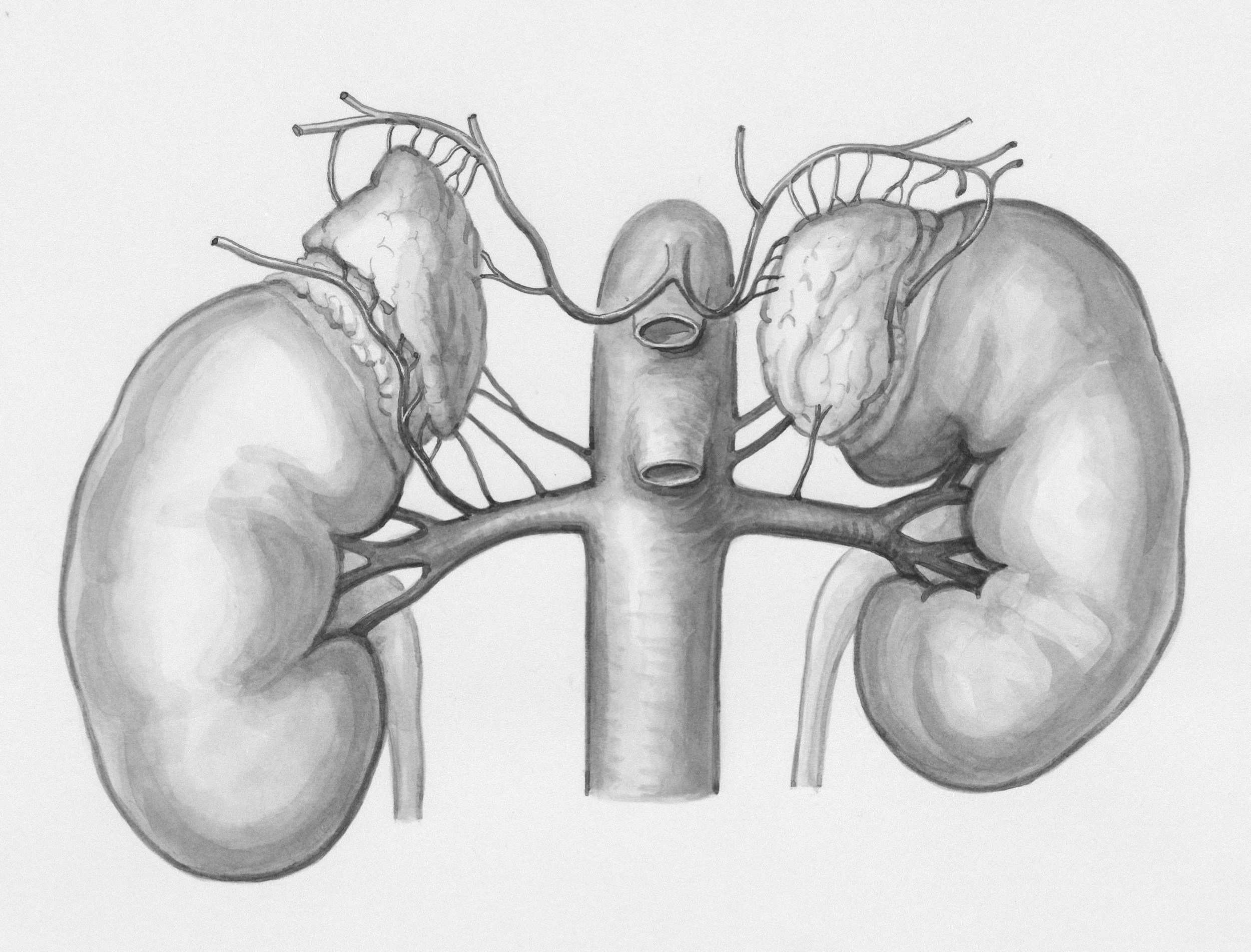AI-Driven Neurotechnology: Restoring Sensation, Speech and Independence
Image Credit: Bhautik Patel | Splash
Neurotechnology, an interdisciplinary field merging neuroscience and technology, has made remarkable strides in recent decades. By interfacing devices with the nervous system, it offers promising solutions for medical treatments, cognitive enhancements, and a deeper understanding of brain functions. The integration of artificial intelligence is further revolutionizing this field, expanding possibilities for medical innovation and human-computer interaction.
[Read More: Understanding Deep Learning: The Brain Behind the Machines]
Historical Context
The roots of neurotechnology can be traced back to the late 18th century when Italian physician Luigi Galvani discovered that electrical stimulation could cause muscle contractions in frogs, laying the foundation for electrophysiology. Fast forward to the 20th century, Hans Berger's invention of electroencephalography (EEG) in 1924 enabled the recording of electrical activity in the human brain, marking a significant milestone in brain research. These early discoveries paved the way for modern neurotechnological applications.
[Read More: AI Detects Hidden Brain Waves: Early Identification for Dementia Patients]
Development and Milestones
Over the years, neurotechnology has evolved significantly:
1950s-1960s: The development of microelectrodes allowed for single-unit recordings, enabling scientists to study individual neuron activities. This period also saw the advent of brain-computer interfaces (BCIs), with initial experiments demonstrating the possibility of direct communication between the brain and external devices.
1970s-1980s: Advancements in imaging technologies, such as magnetic resonance imaging (MRI), provided non-invasive methods to visualize brain structures, enhancing diagnostic capabilities.
1990s-2000s: The integration of computational models with neuroimaging data led to better understanding and simulation of neural processes. The development of deep brain stimulation (DBS) techniques offered therapeutic options for movement disorders like Parkinson's disease.
[Read More: Unveiling Depression's Many Faces: Groundbreaking Study Reveals Six Distinct Subtypes]
Latest Breakthroughs
Recent advancements have significantly enhanced the capabilities and applications of AI-integrated neurotechnology:
2018: Transforming Brain Signals into Text
Arnav Kapur, a graduate student at MIT Media Lab, developed "AlterEgo", a wearable device enabling users to communicate with AI assistants silently. This innovative technology utilizes AI-driven neural signal processing to capture and transcribe internally verbalized words through electrodes attached to the skin. By employing silent speech recognition algorithms, AlterEgo interprets neuromuscular signals from the user's internal speech articulators, converting them into text. This approach offers a novel and highly effective way for individuals, especially those with speech impairments, to interact with technology.
August 2023: Thought-Controlled Smart Home Devices
Synchron successfully implanted a minimally invasive brain-computer interface into a 64-year-old ALS patient named Mark. This innovative device allowed him to control Amazon's Alexa using only his thoughts, significantly enhancing his independence. The Stentrode, which is inserted via blood vessels, translates neural signals into digital commands through advanced machine learning algorithms. These algorithms process the neural activity captured by the electrodes and convert them into precise commands.
October 2023: 90% Accuracy Achieved in AI-Powered Neural Signal Translation
Researchers at the University of Hertfordshire and Teesside University have developed an advanced AI model that achieves nearly 90% accuracy in interpreting neural signals. This breakthrough employs machine learning algorithms, specifically deep learning techniques like convolutional neural networks (CNNs) and recurrent neural networks (RNNs), to decode complex neural activity. The AI model continuously adapts to the user's neural patterns in real-time, significantly enhancing the reliability of external device control in BCIs.
February 2024: Neural Signals Enable Voiceless Phone Conversations
Researchers, including Anja Meunier and Moritz Grosse-Wentrup, introduced a Conversational Brain-Artificial Intelligence Interface based on EEG. This system employs advanced AI techniques, including machine learning algorithms and deep learning models, to interpret neural signals captured by EEG electrodes. By processing and decoding these signals, the AI system enables users to engage in phone conversations without the need for speech.
August 2024: AI-Driven aDBS Reduces Parkinson's Symptoms by 50%
In a study published in Nature Medicine, UCSF researchers demonstrated that adaptive deep brain stimulation (aDBS) could reduce motor symptoms in Parkinson's disease patients by 50% compared to traditional methods. The aDBS system employs advanced machine learning algorithms to analyze and interpret real-time neural activity. By identifying specific neural biomarkers and using predictive modelling, the AI tailors the electrical stimulation to the patient's unique neural patterns, ensuring a personalized and effective therapeutic approach. This breakthrough highlights the potential of AI-enhanced therapies to significantly improve patient outcomes.
January 2025: Restoring Sensation Through Robotic Hands
Researchers at the University of Chicago have enabled spinal cord injury patients to experience realistic touch using robotic hands controlled by brain signals. By employing advanced AI techniques, the system decodes neural signals captured by implanted electrodes and translates them into tactile sensations through intracortical microstimulation (ICMS). Participants learned to feel shapes and edges with remarkable accuracy, offering hope for restoring sensory functions in prosthetic users. This breakthrough highlights the potential of AI-driven neural decoding and real-time feedback to revolutionize neuroprosthetics.
[Read More: Aussie Pioneers AI for Medical Scans]
Comparative Analysis: Pros and Cons
Different approaches in AI-integrated neurotechnology offer unique advantages and challenges:
Invasive vs. Non-Invasive BCIs:
Invasive BCIs: Companies like Neuralink are developing implantable devices that directly interface with the brain, potentially offering high precision and control. However, these methods involve surgical procedures, which carry inherent risks and ethical considerations.
Non-Invasive BCIs: Alternatives such as EEG-based systems are less risky and more accessible but may provide lower signal fidelity, affecting performance. Advancements in AI are helping to mitigate these limitations by enhancing signal interpretation.
Ethical and Privacy Considerations:
The ability of AI-driven neurotechnology to decode and potentially influence neural activity raises significant ethical questions. Concerns include mental privacy, data security, and the potential for misuse in surveillance or cognitive manipulation. Establishing ethical guidelines and regulatory frameworks is crucial to address these issues.
[Read More: AI Breakthrough: Headband-Style Device Poised to Detect Alzheimer’s Years Ahead]
Source: The IET, MDPI, Frontiers, University of Hertfordshire, UCSF, MIT, Synchron, Hospital & Healthcare, Digital Health, Wikipedia, SAGE Journals, UNESCO













